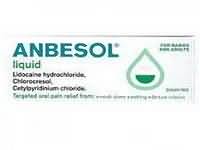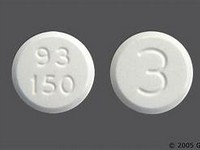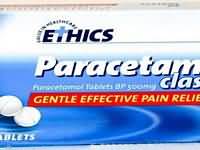Cetirizine hydrochloride

Cetirizine hydrochloride
CLINICAL USE
Antihistamine:
Symptomatic relief of allergy such as hay fever, urticaria DOSE IN NORMAL RENAL FUNCTION
10 mg daily or 5 mg twice daily PHARMACOKINETICS
Molecular weight :461.8 %Protein binding :93 %Excreted unchanged in urine : 50–60 Volume of distribution (L/kg) :0.45half-life – normal/ESRD (hrs) :8–10/20 DOSE IN RENAL IMPAIRMENT
GFR (mL/MIN)
20 to 50 : Dose as in normal renal function 10 to 20 : Dose as in normal renal function <10 : 5–10 mg daily DOSE IN PATIENTS UNDERGOING RENAL REPLACEMENT THERAPIES
CAPD :Unlikely dialysability. Dose as in GFR <10 mL/min HD :Not dialysed. Dose as in GFR <10 mL/min HDF/high flux :Not dialysed. Dose as in GFR <10 mL/min CAV/VVHD :Unknown dialysability. Dose as in normal renal function IMPORTANT DRUG INTERACTIONS
Potentially hazardous interactions with other drugsNone known ADMINISTRATION
Reconstition
– Route
Oral Rate of Administration
–Comments
Available as tablets and solution OTHER INFORMATION
Manufacturers recommend halving dose in renal impairmentDose may be titrated up but may result in increased sedationLess than 10% of a dose is removed by haemodialysis
See how to identify renal failure stages according to GFR calculation
See how to diagnose irreversible renal disease
Home









